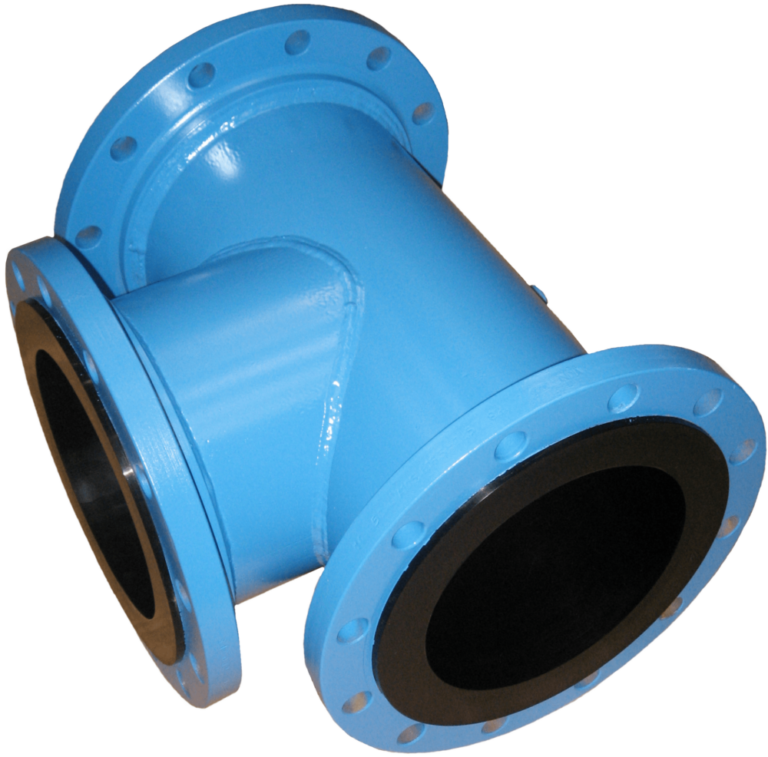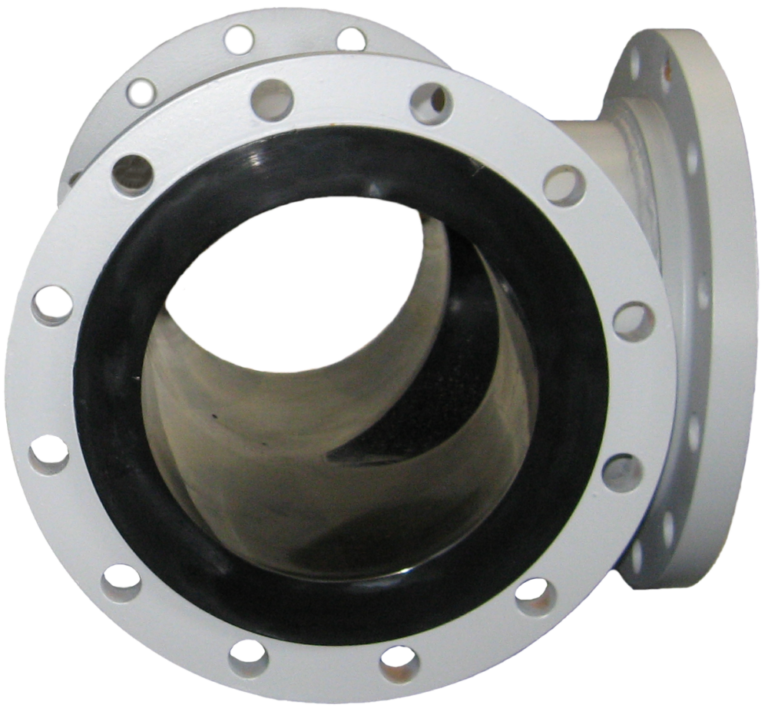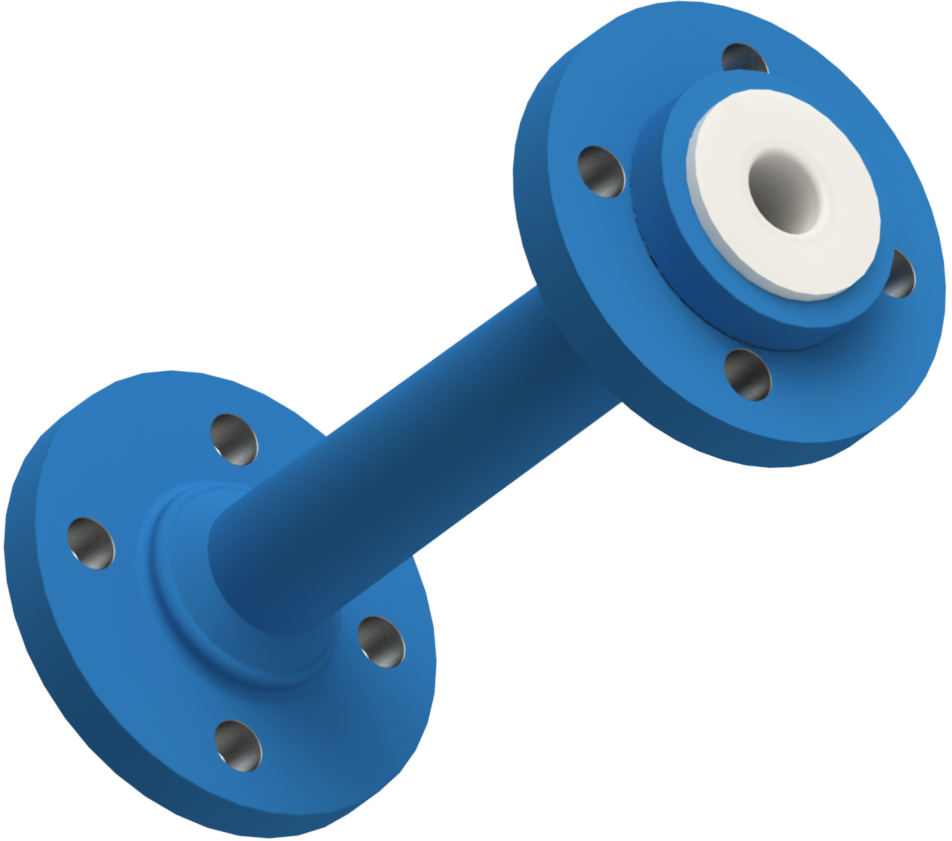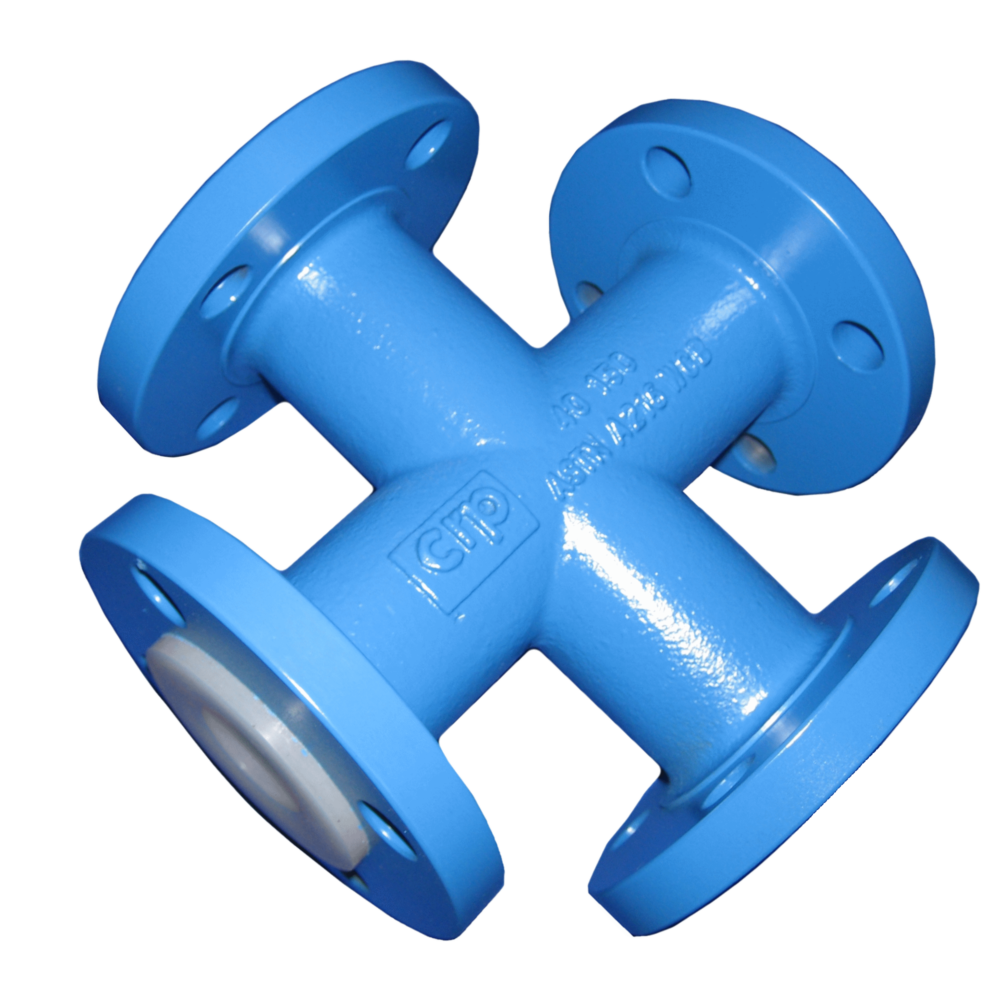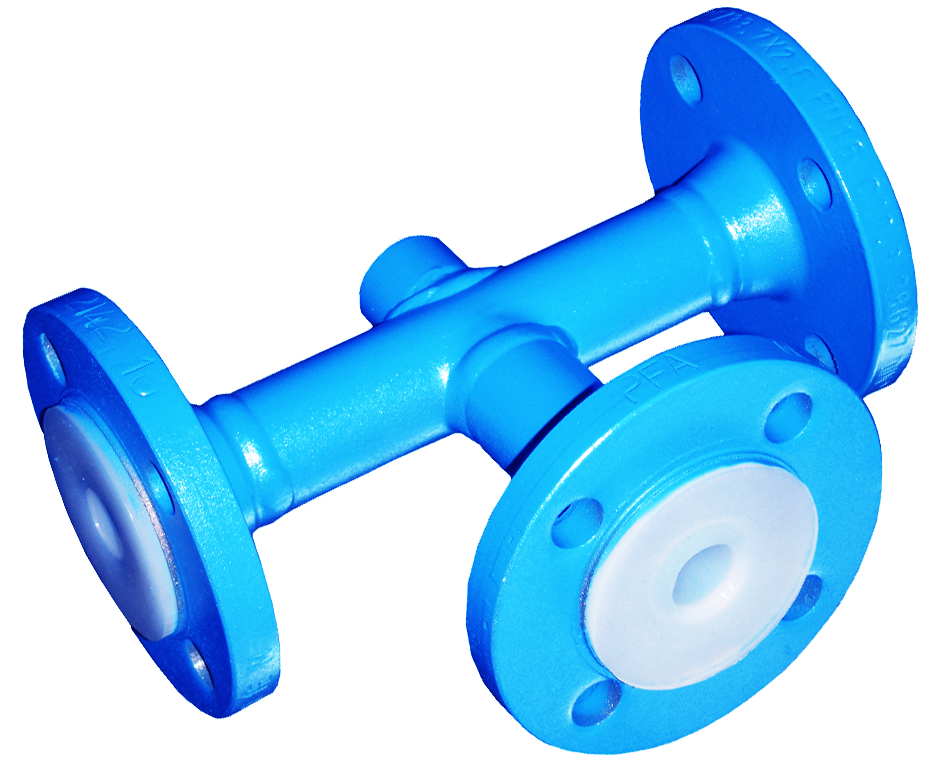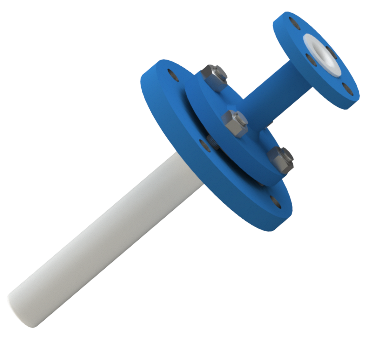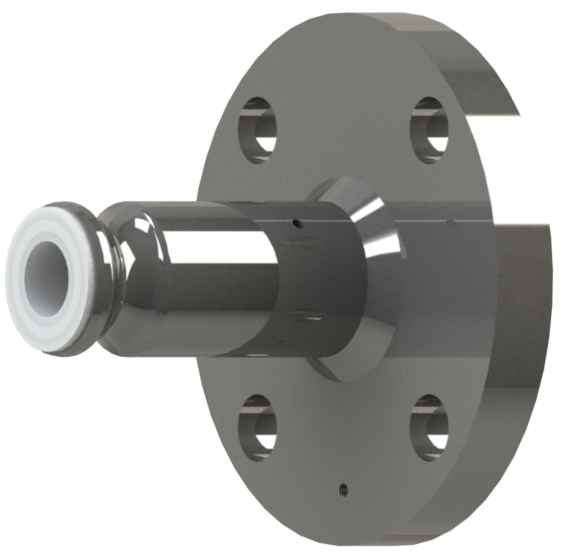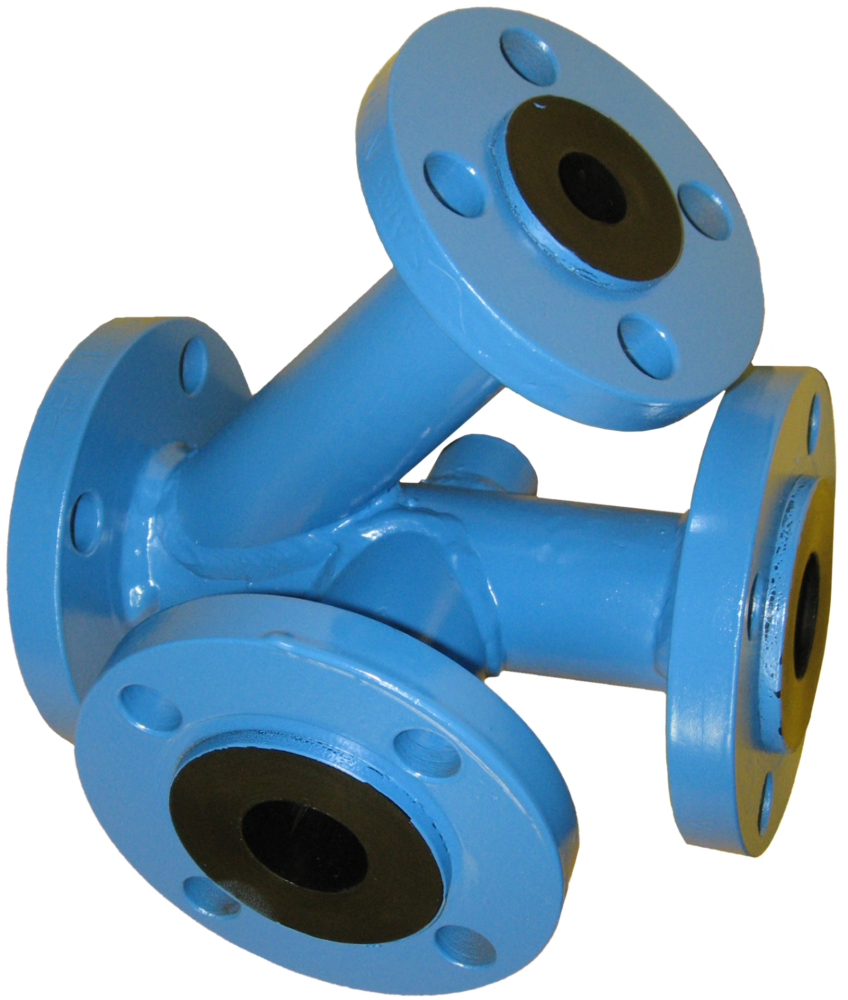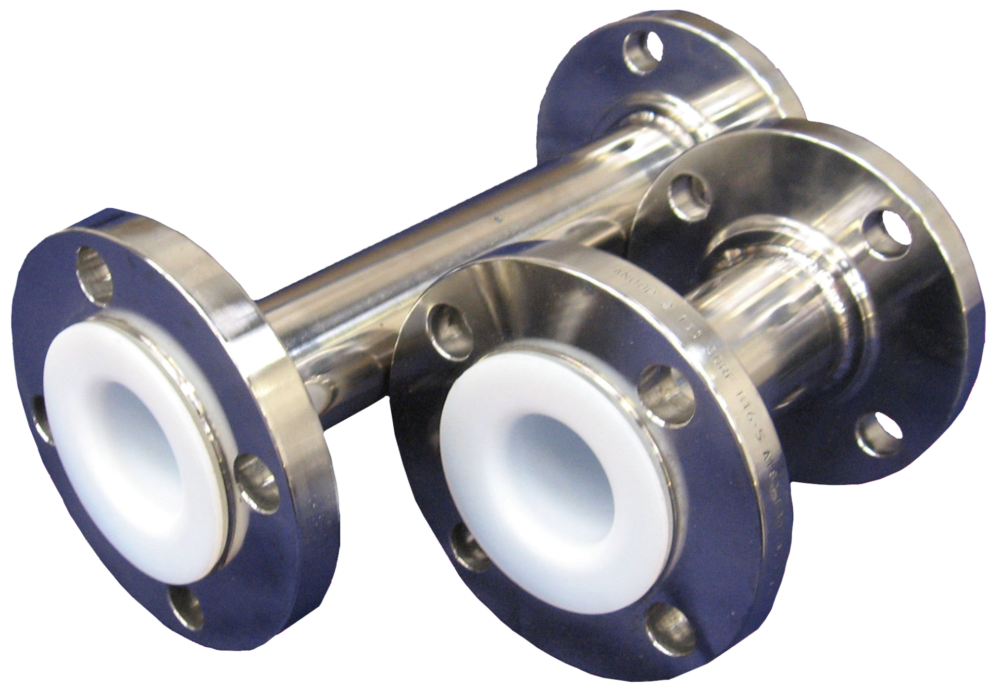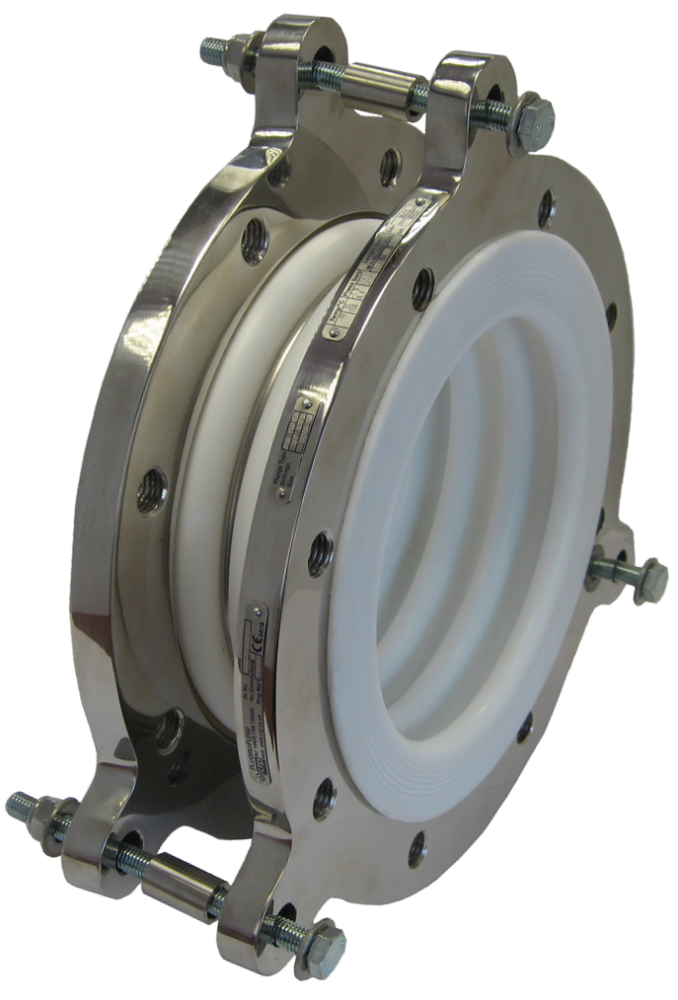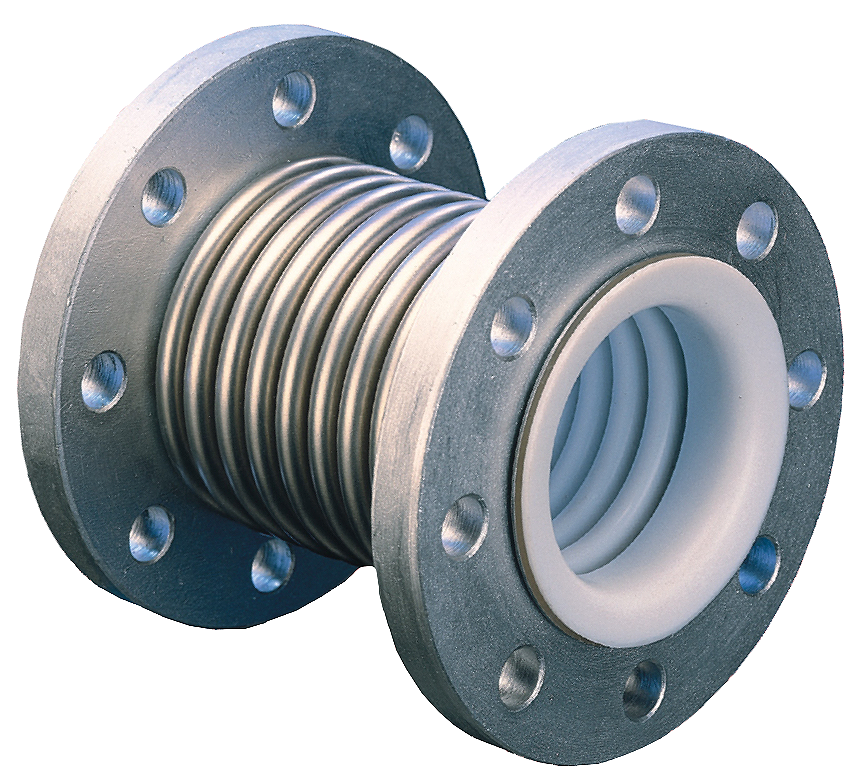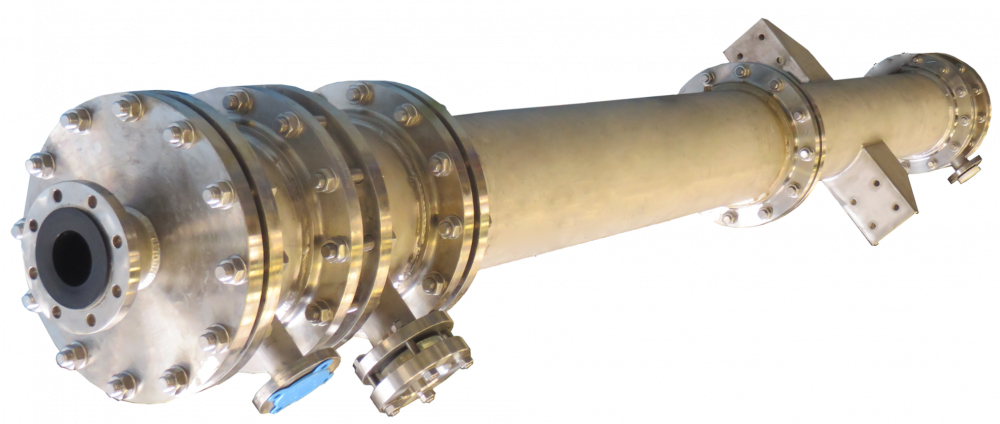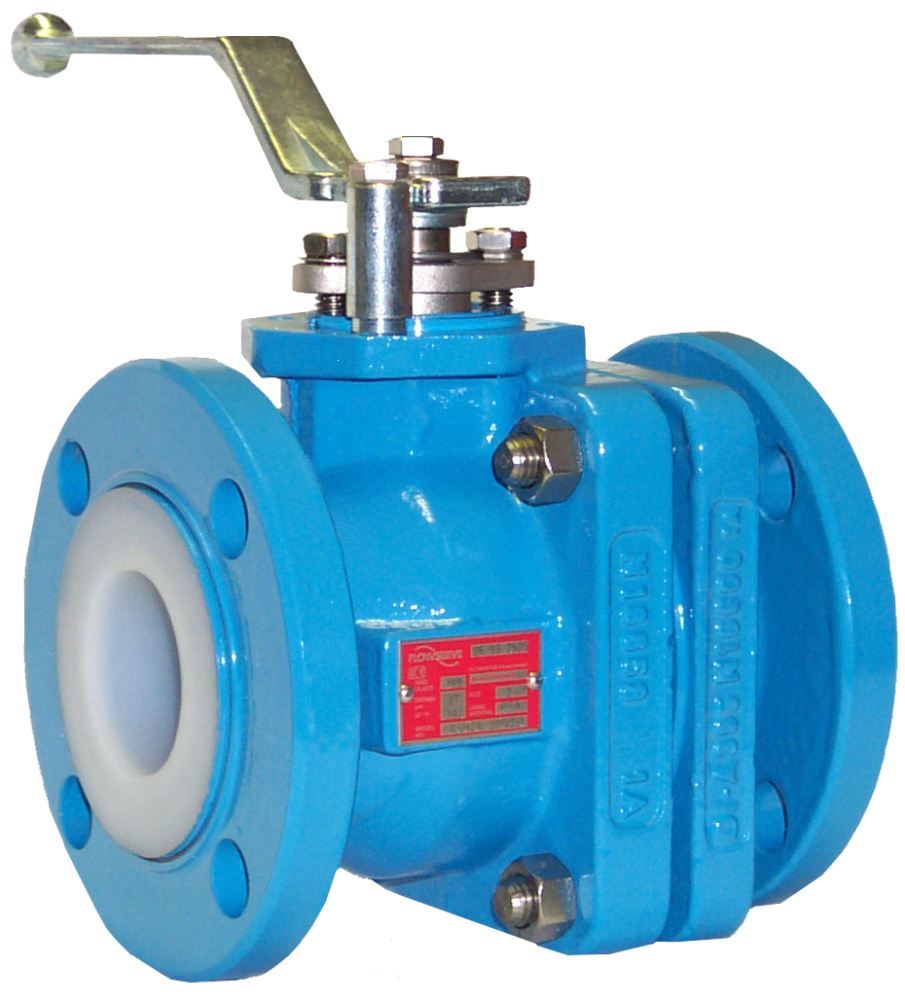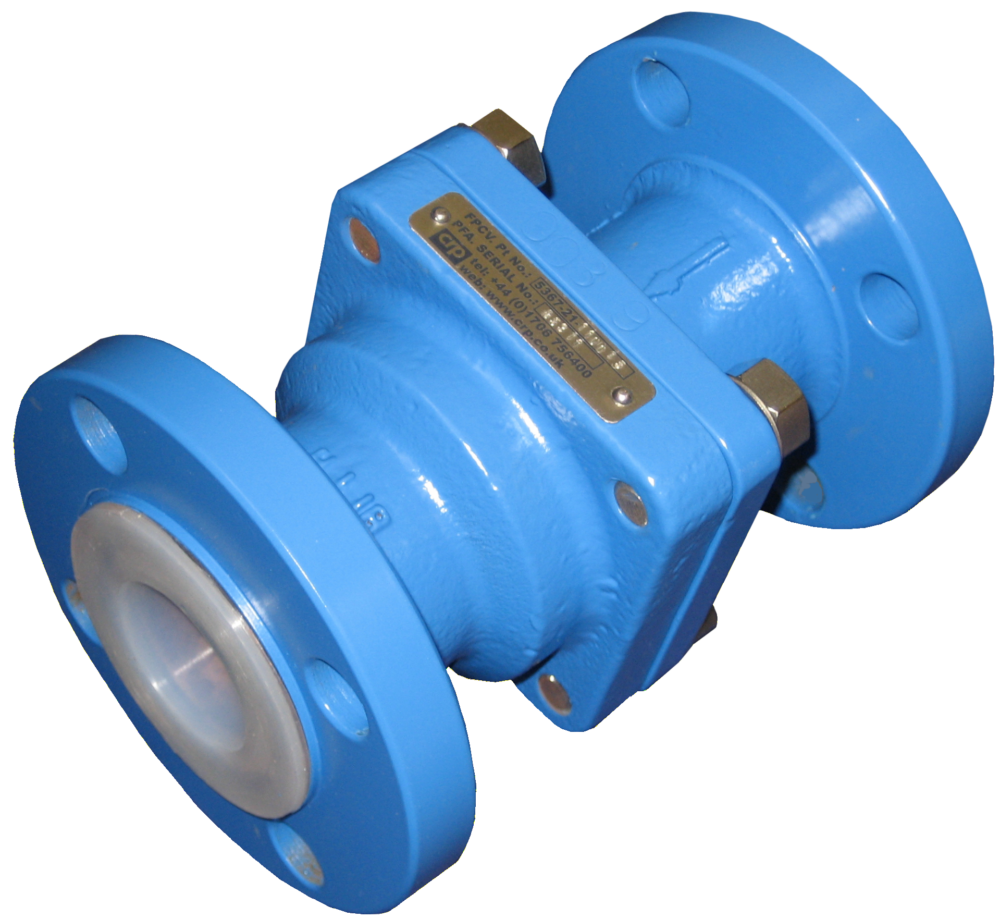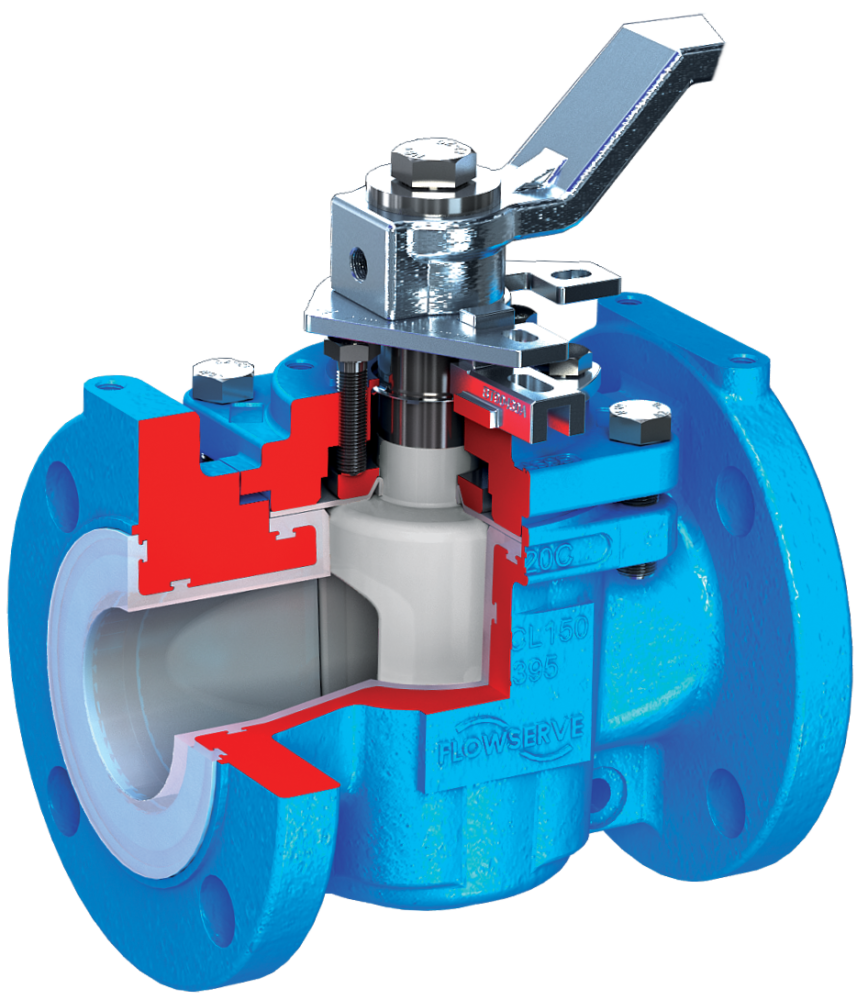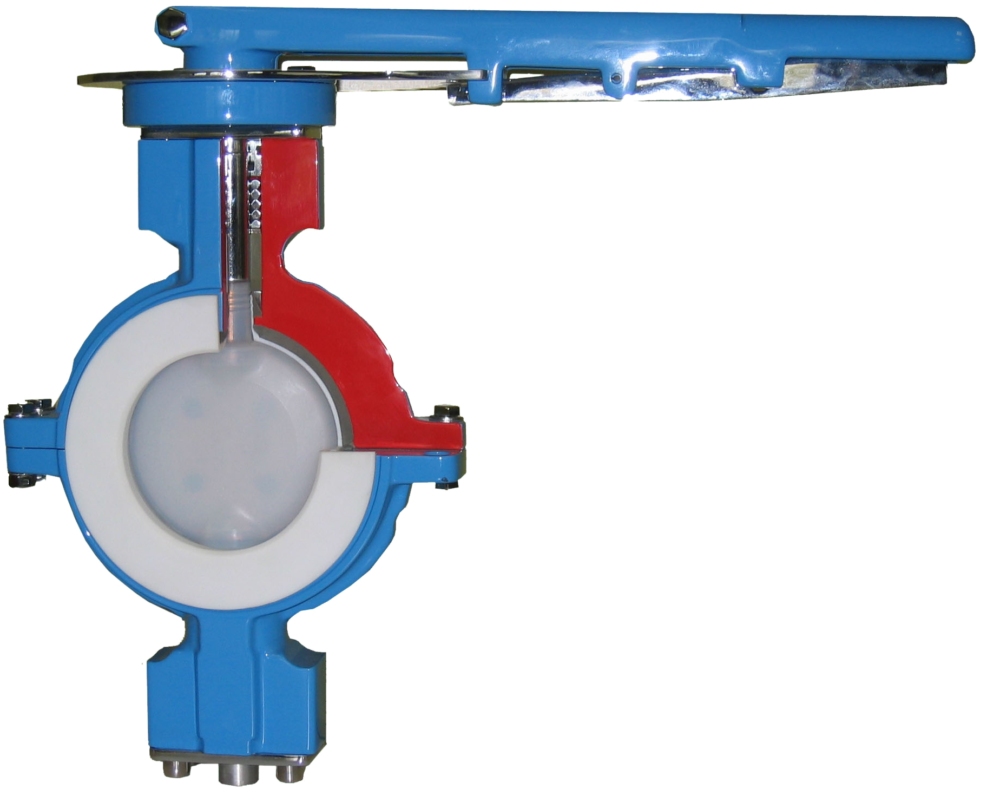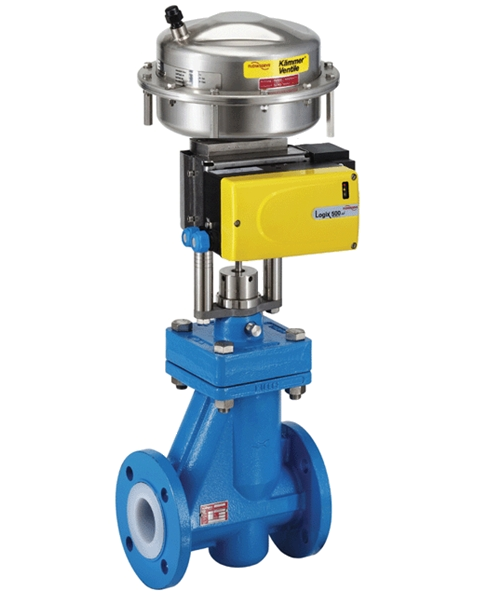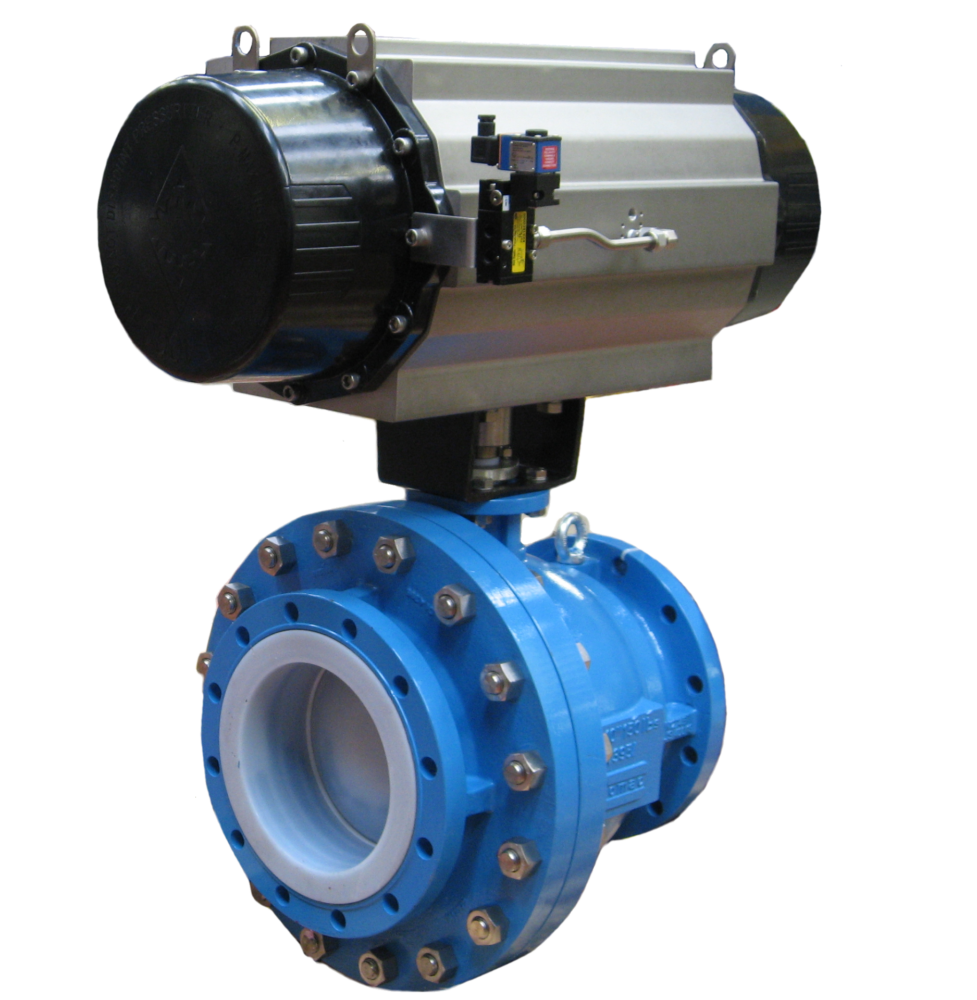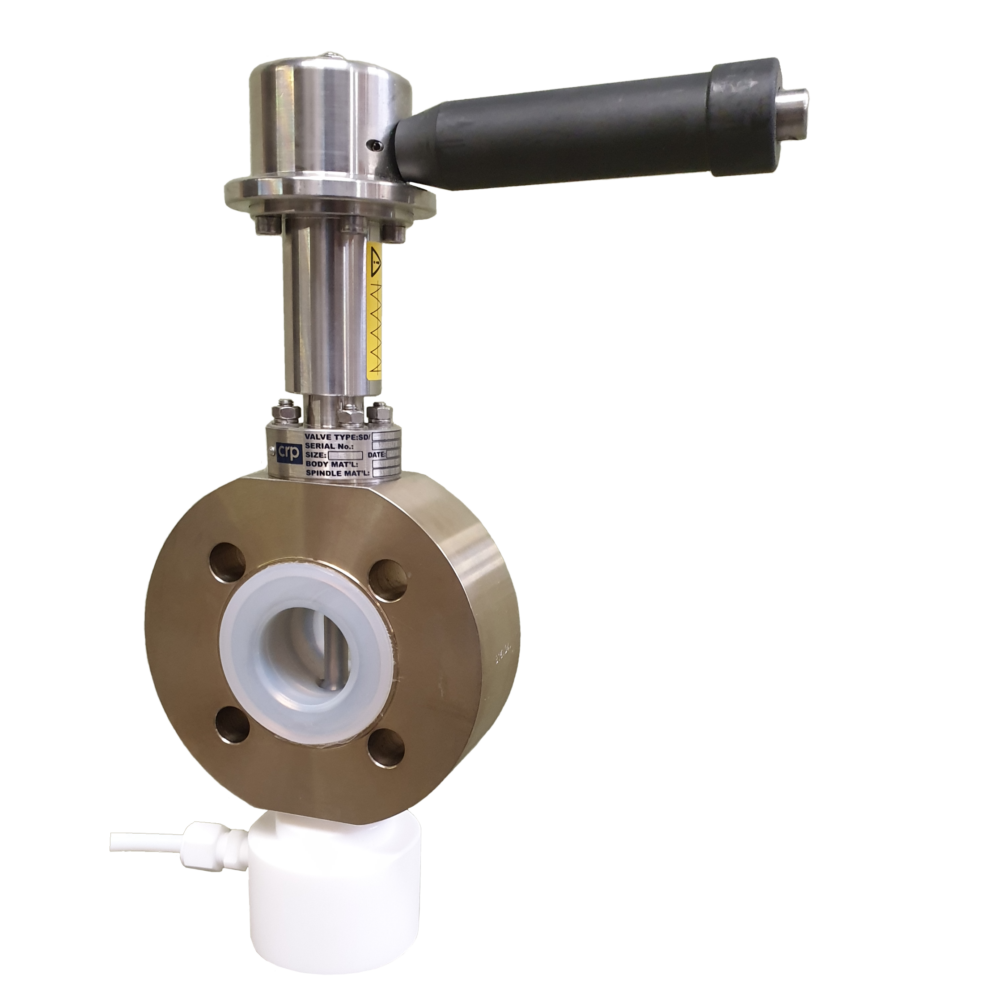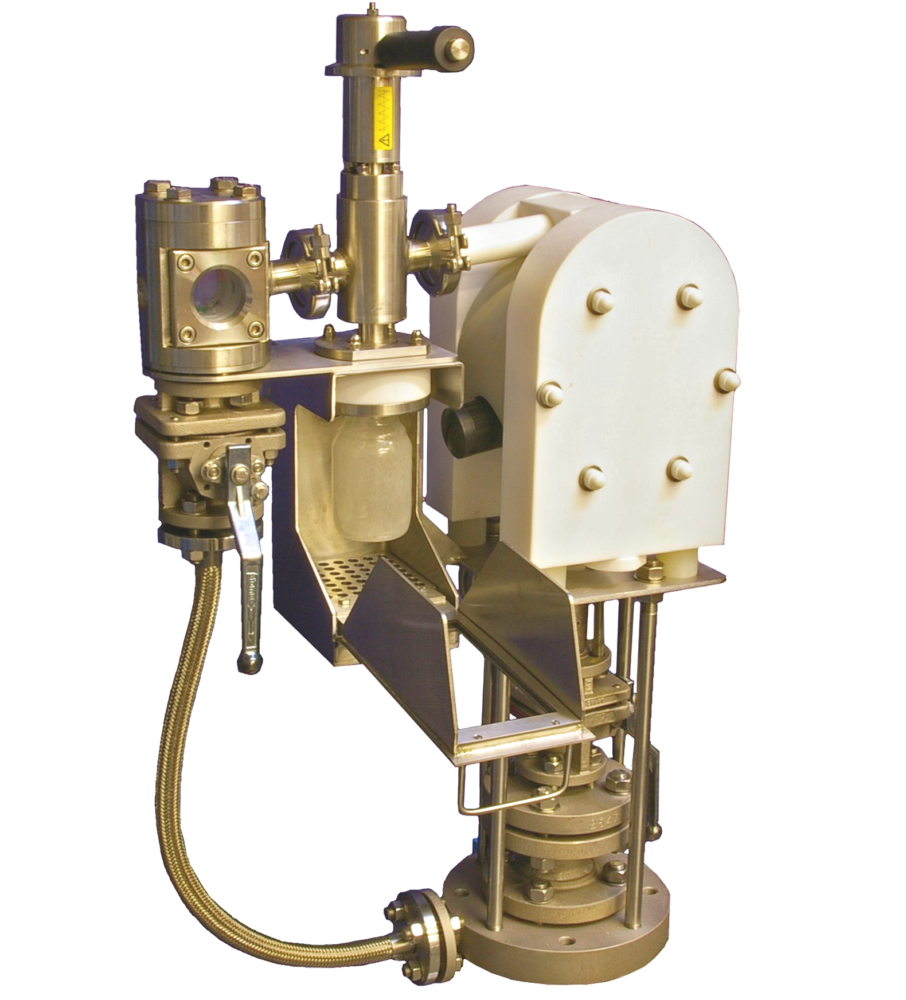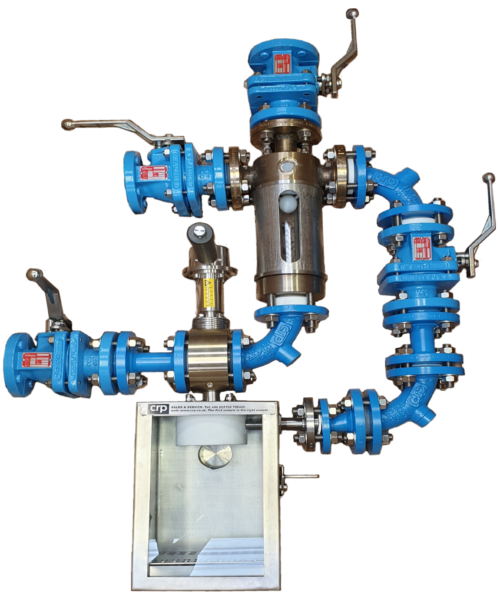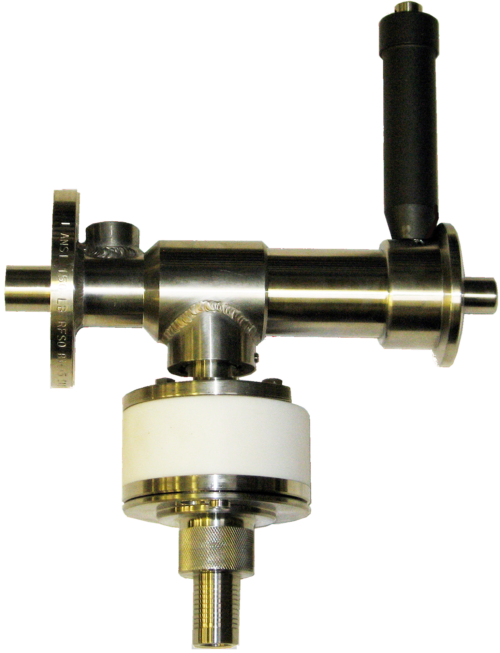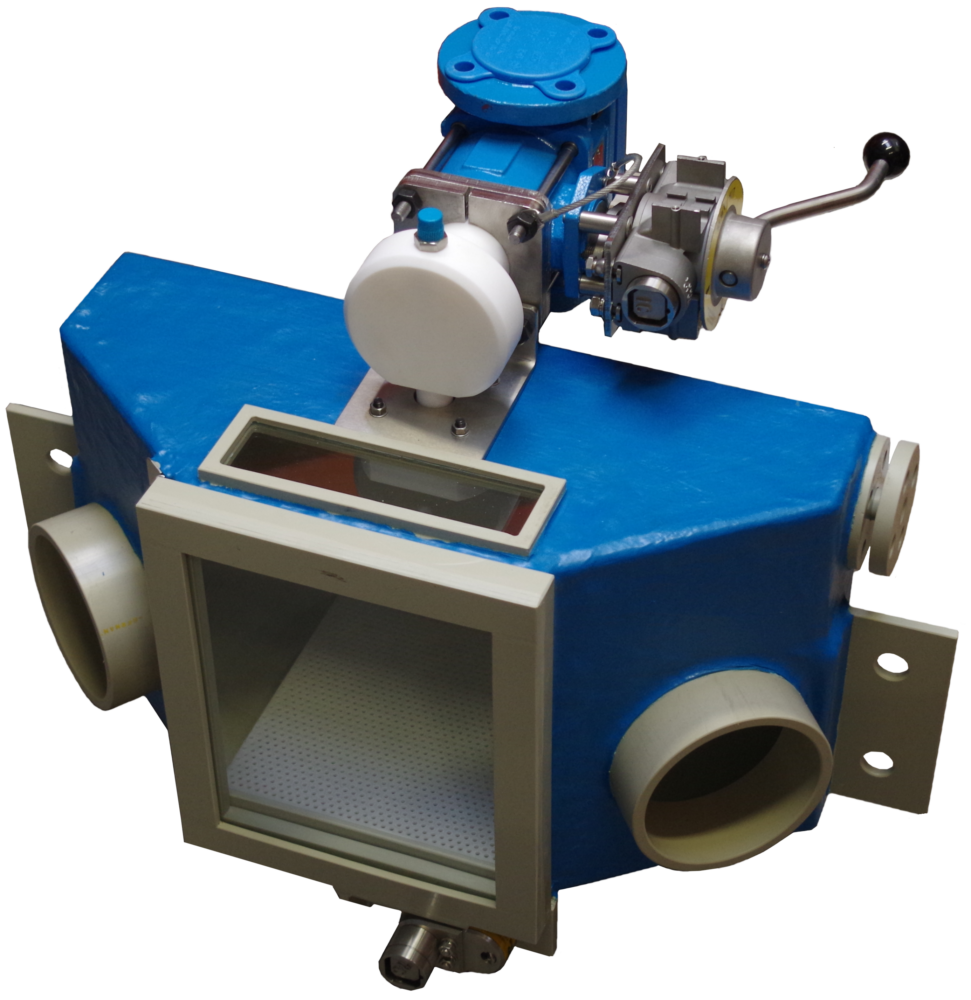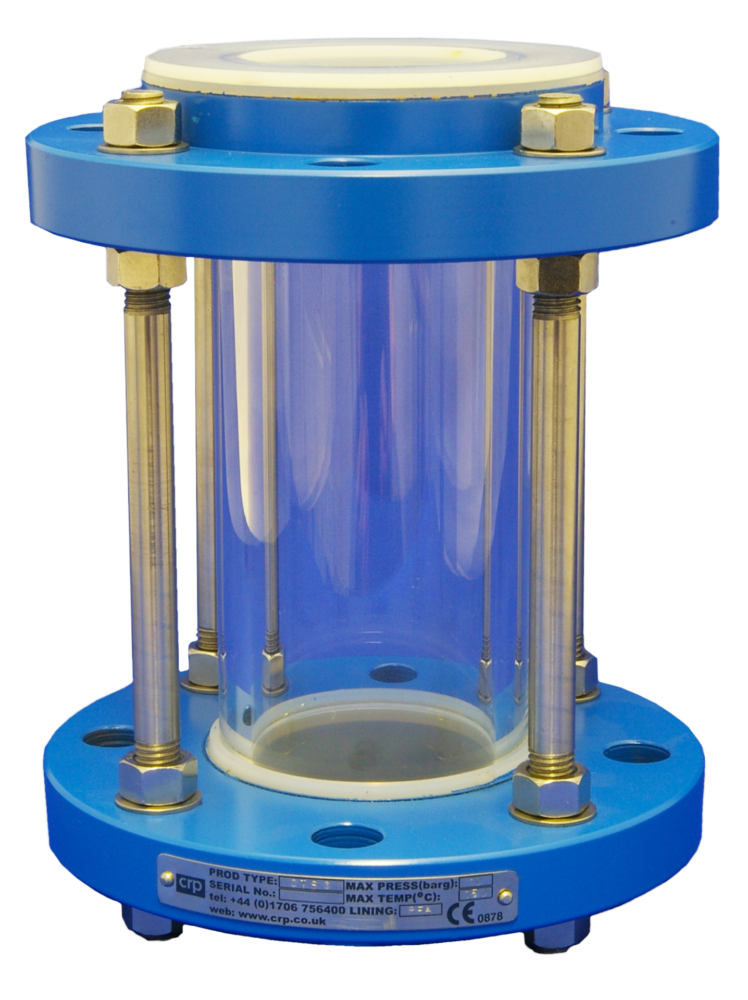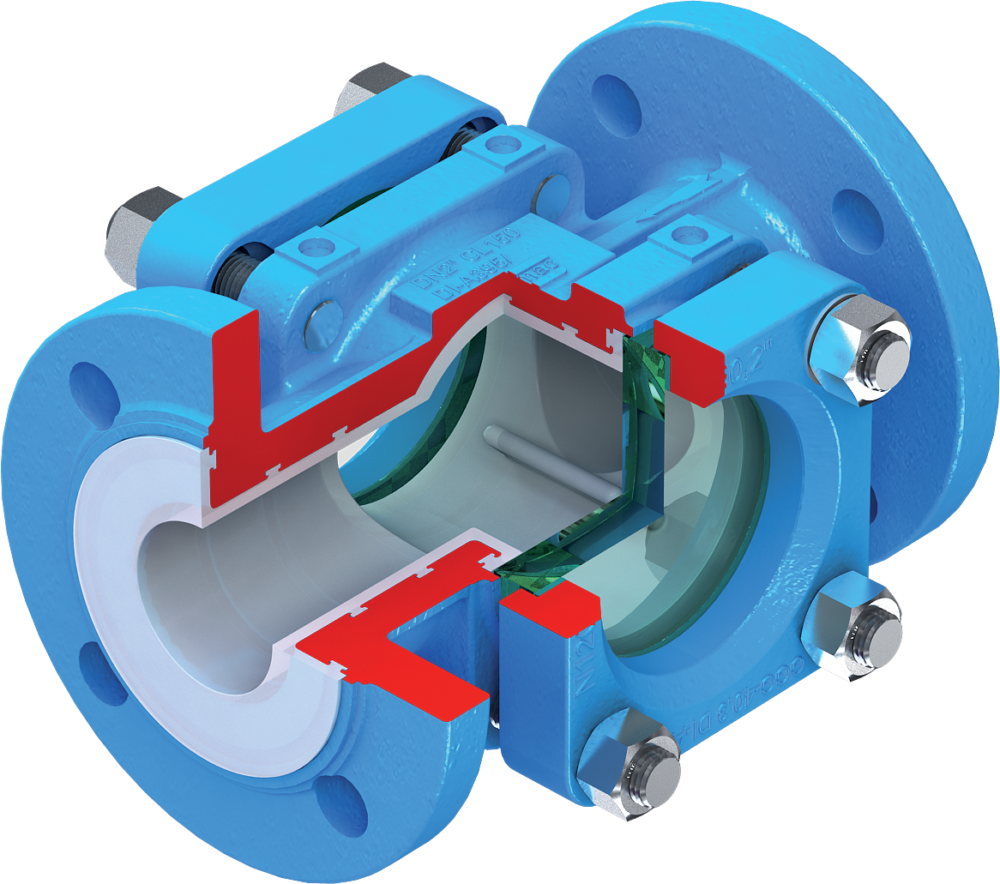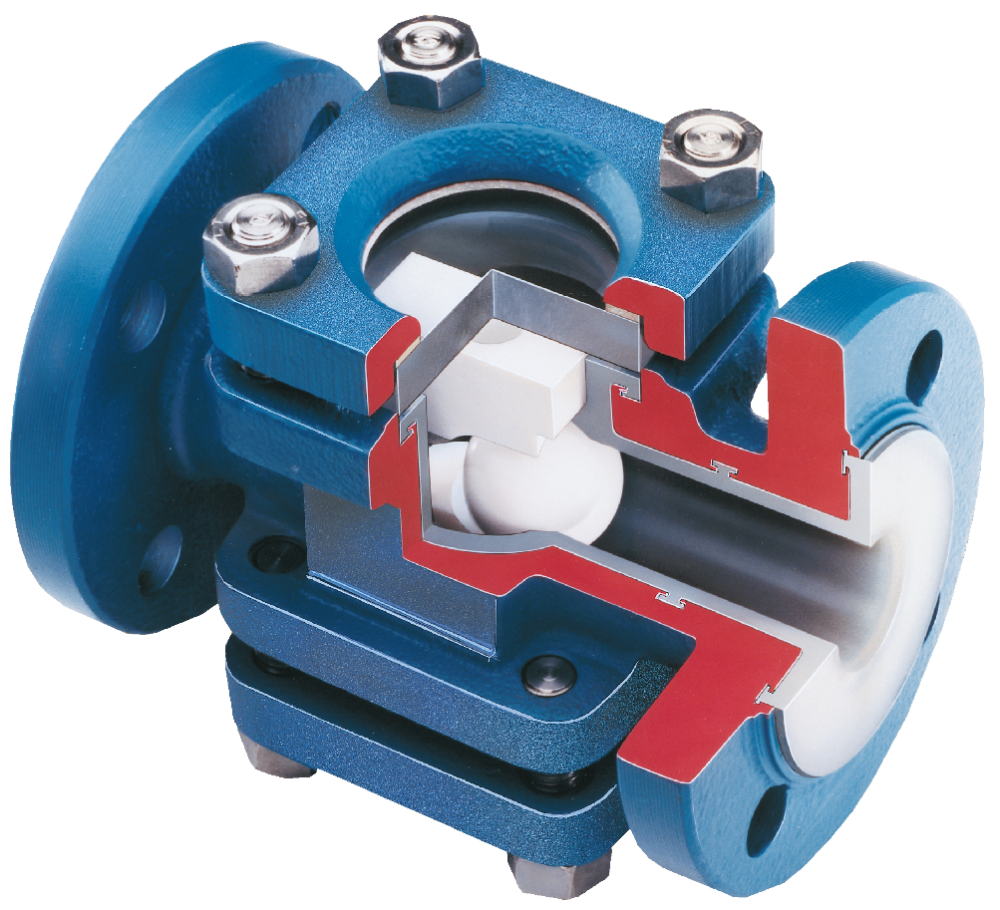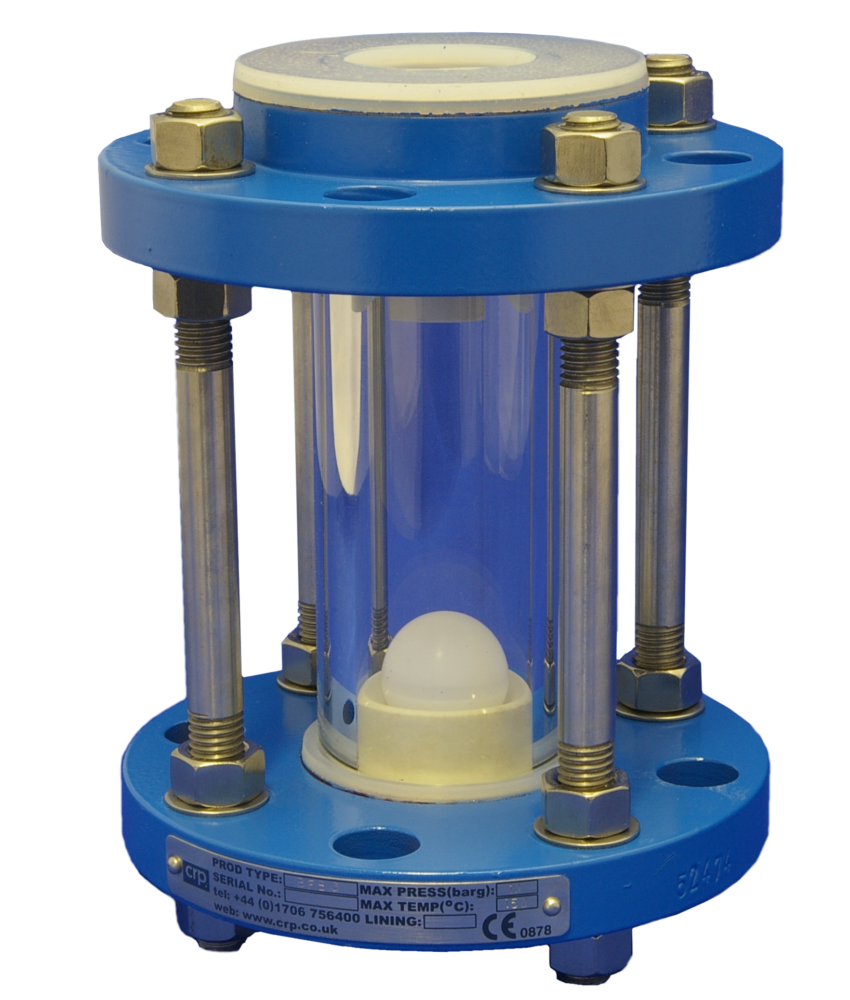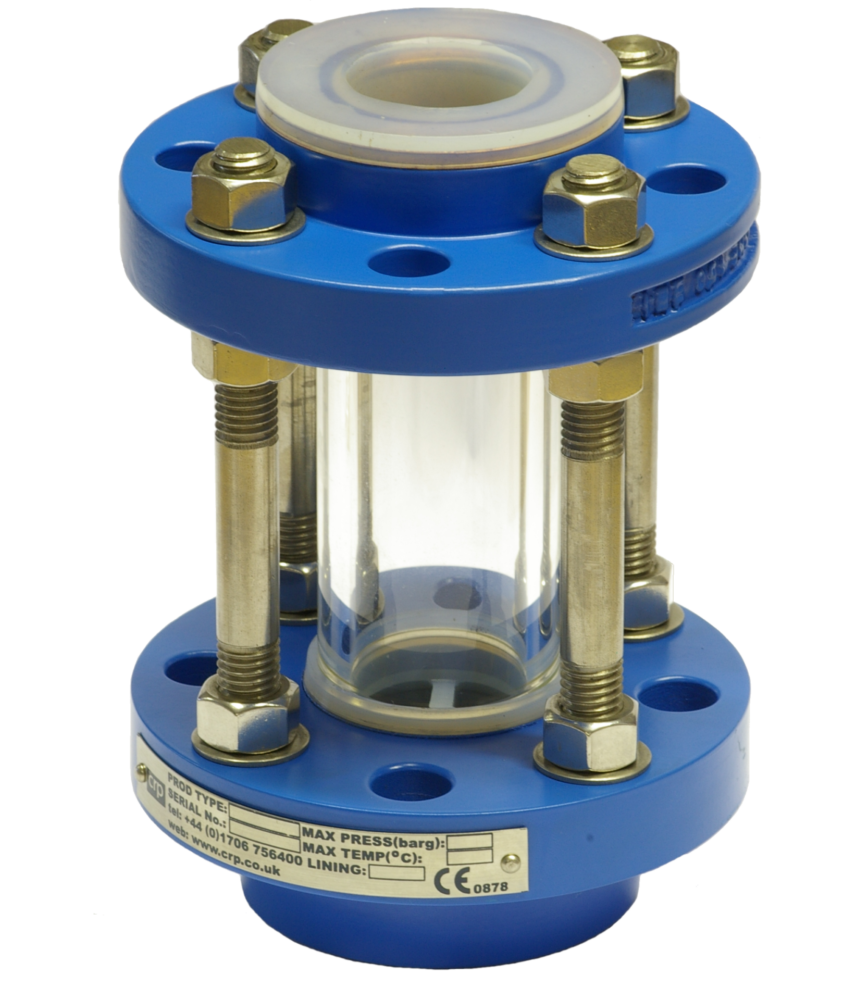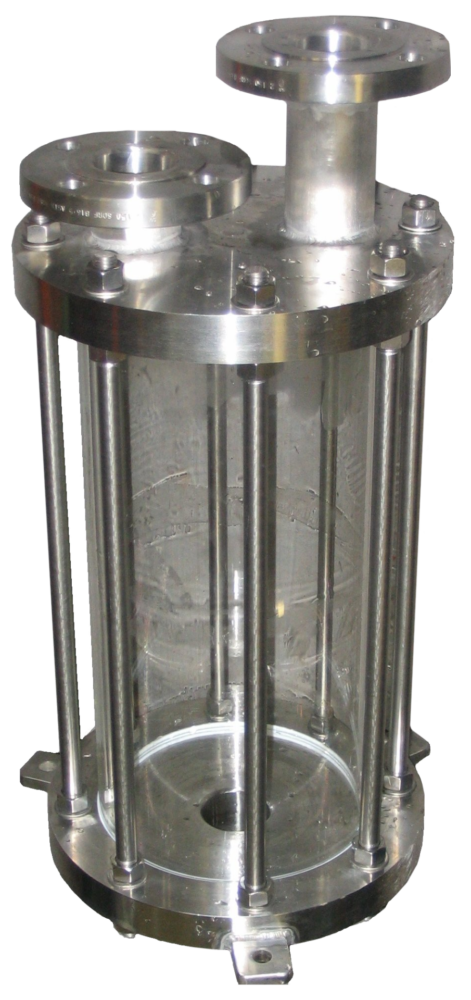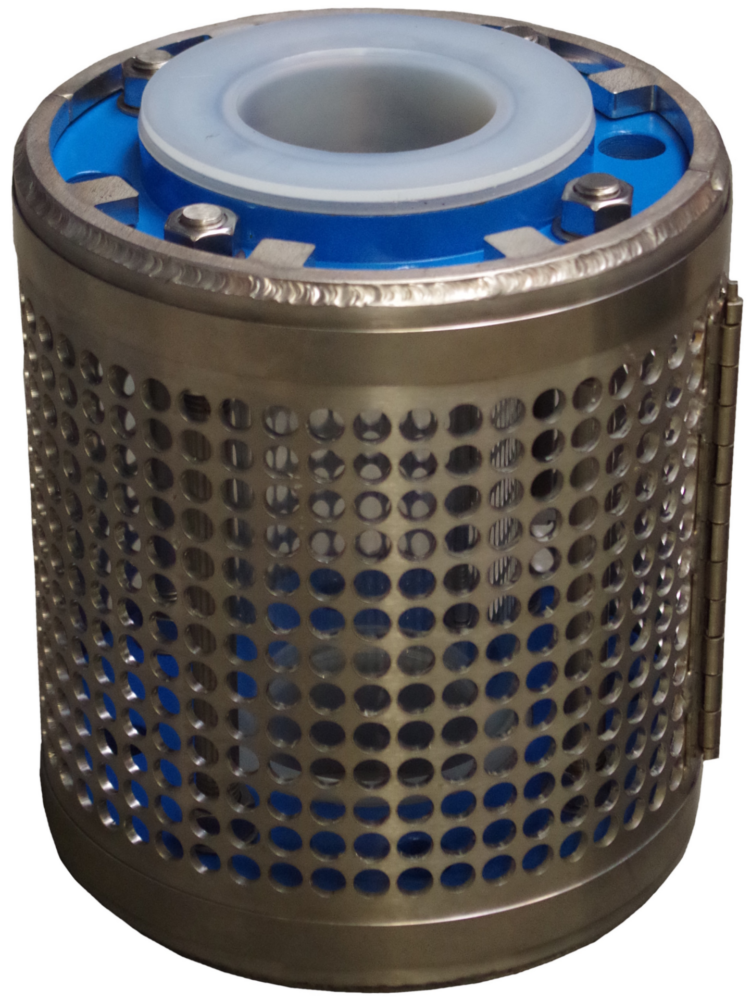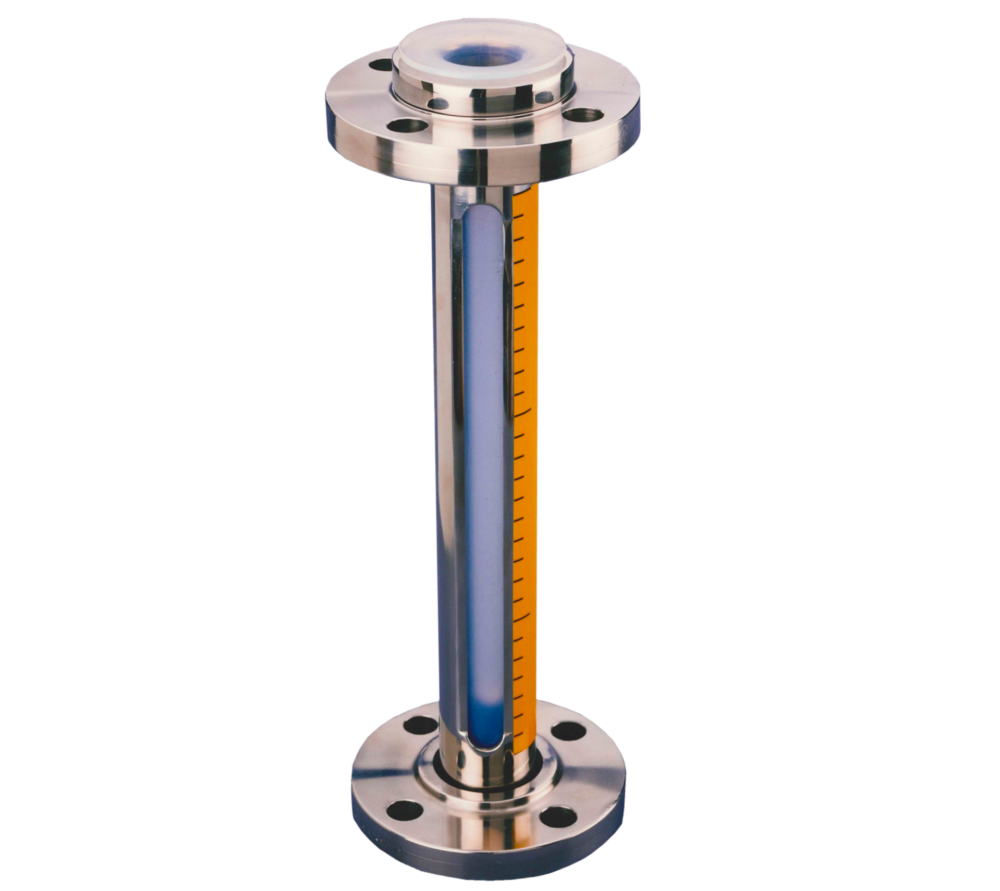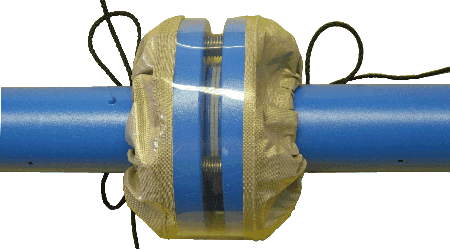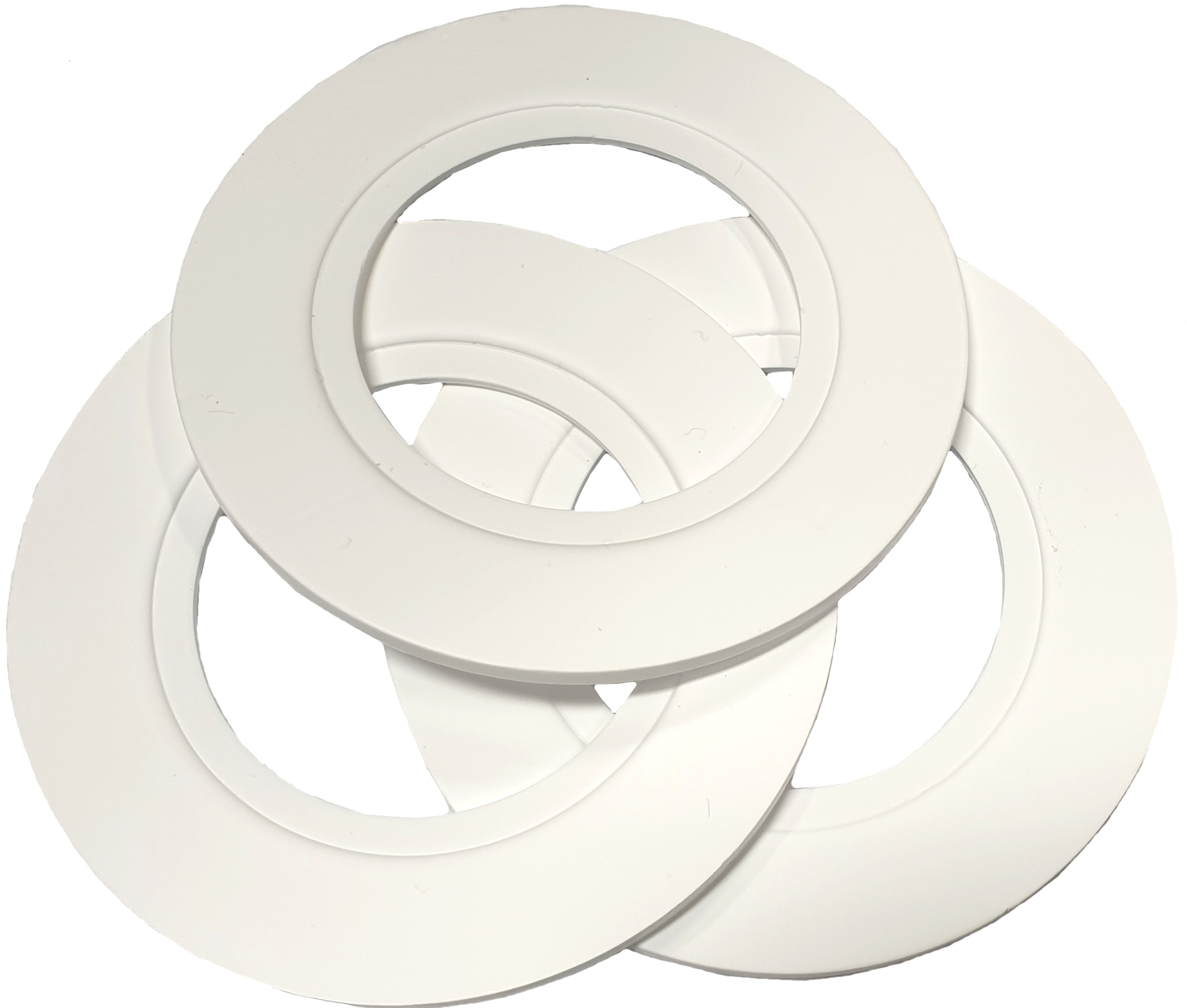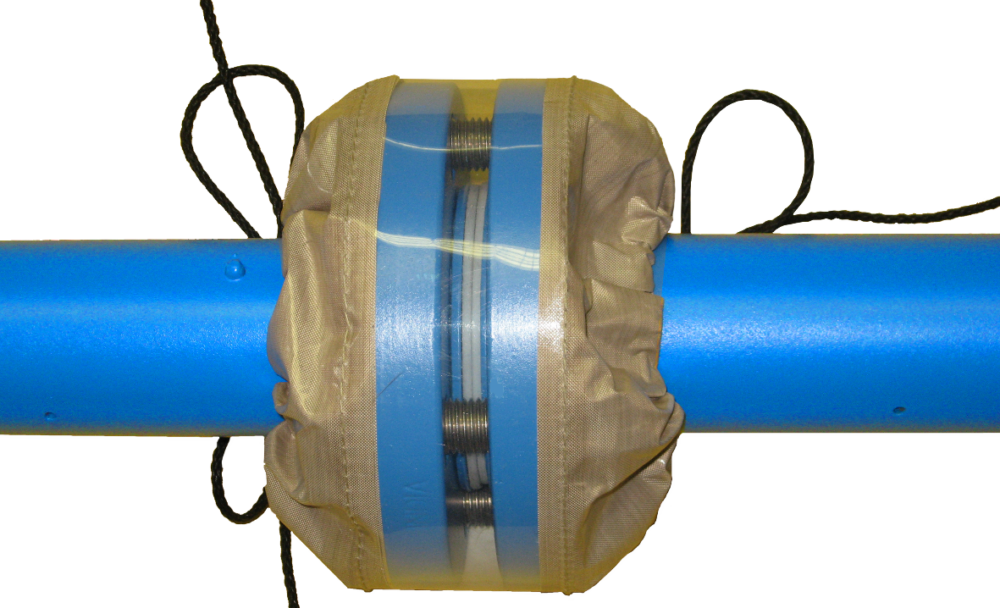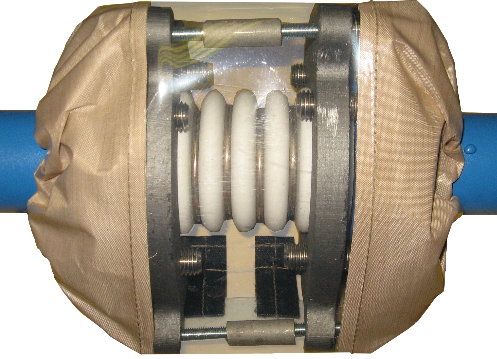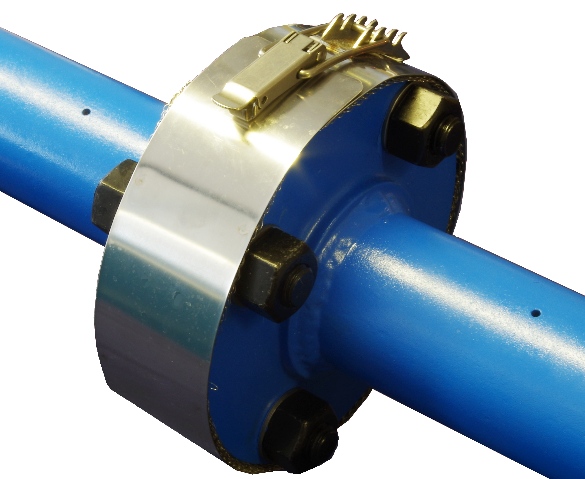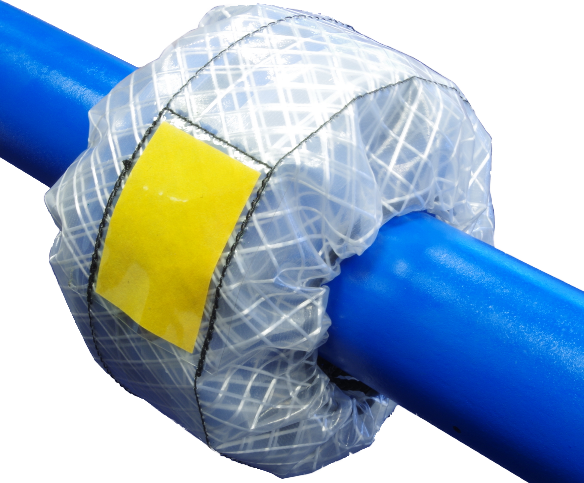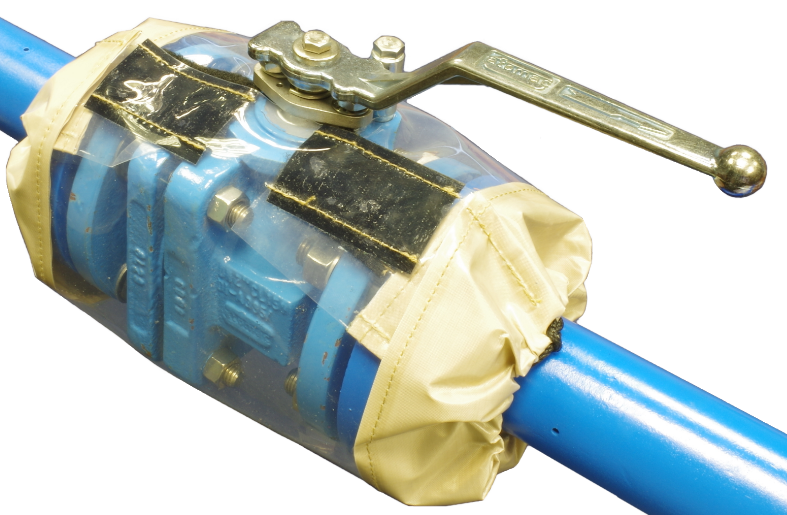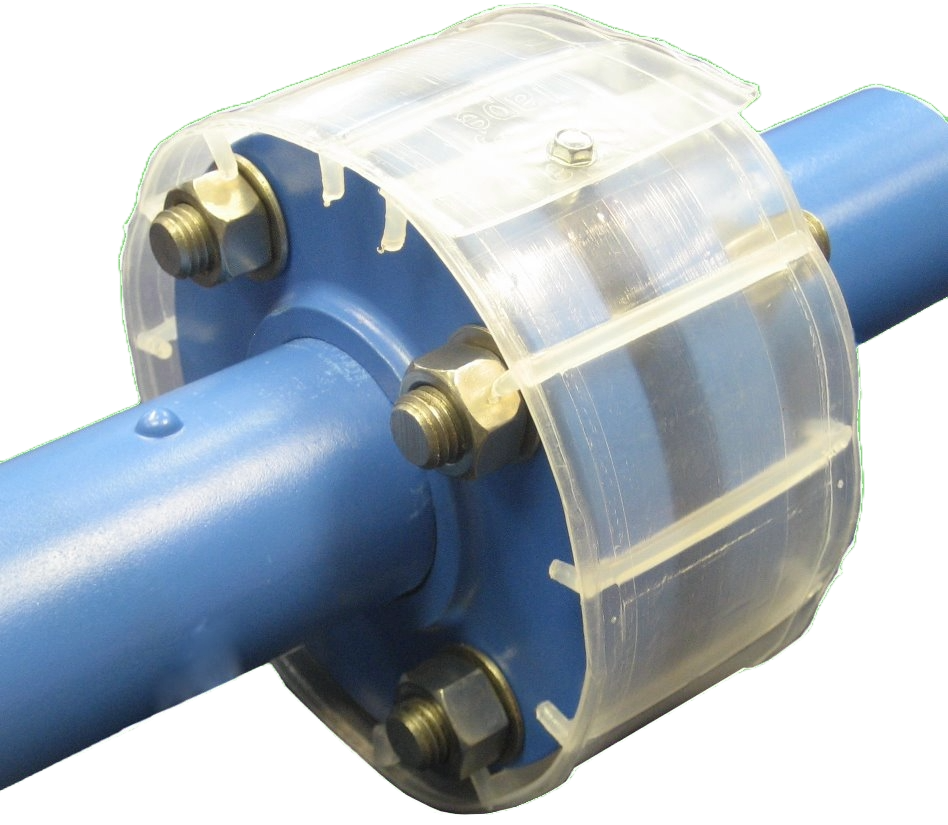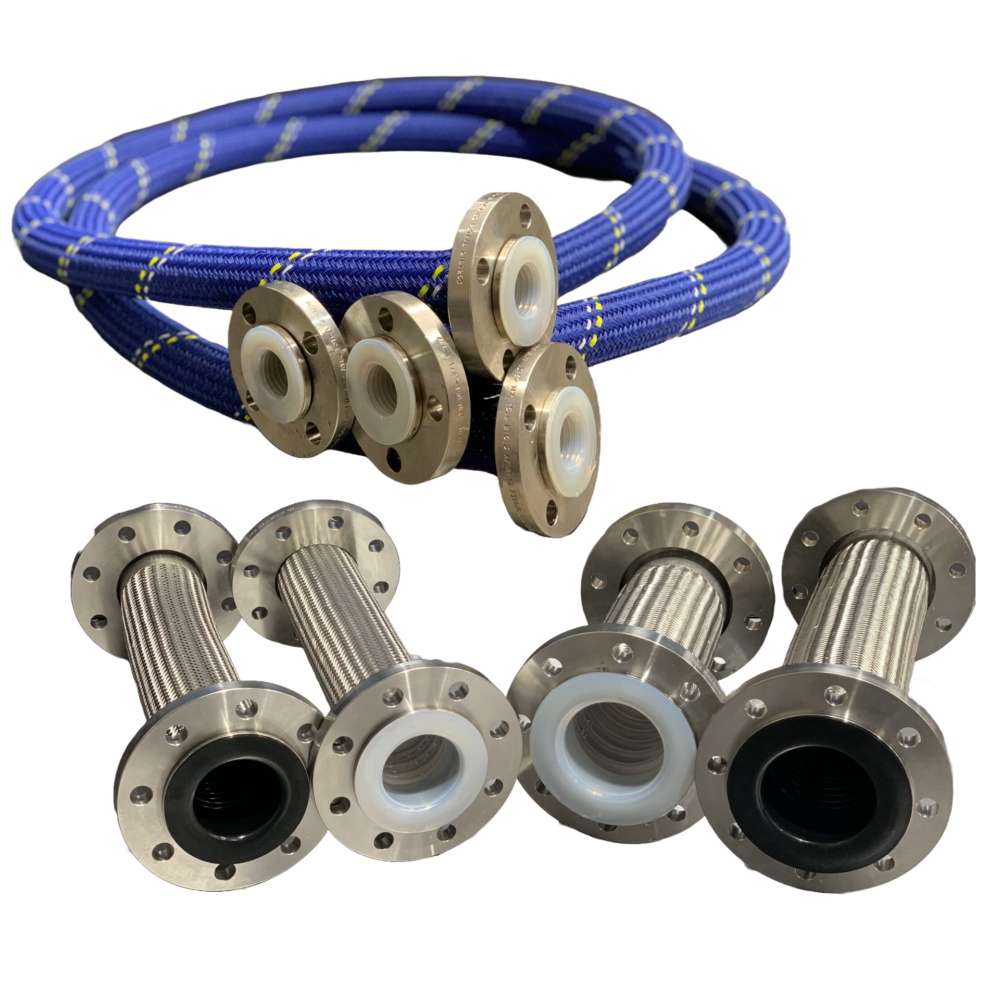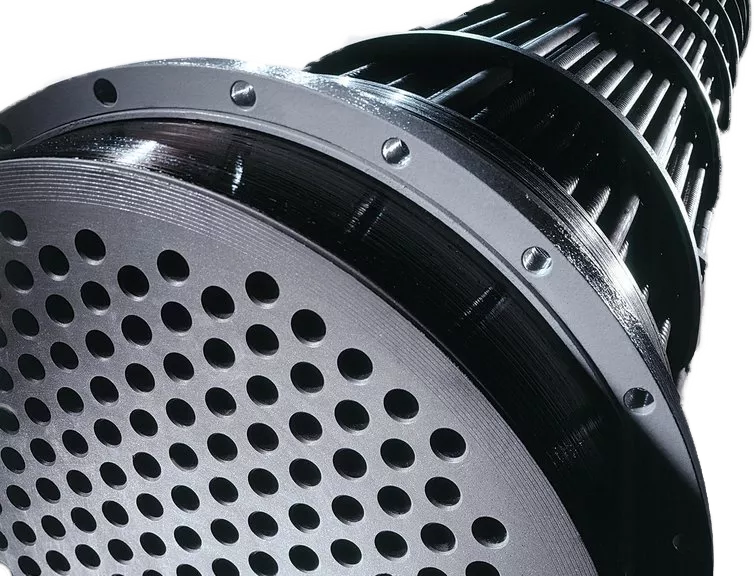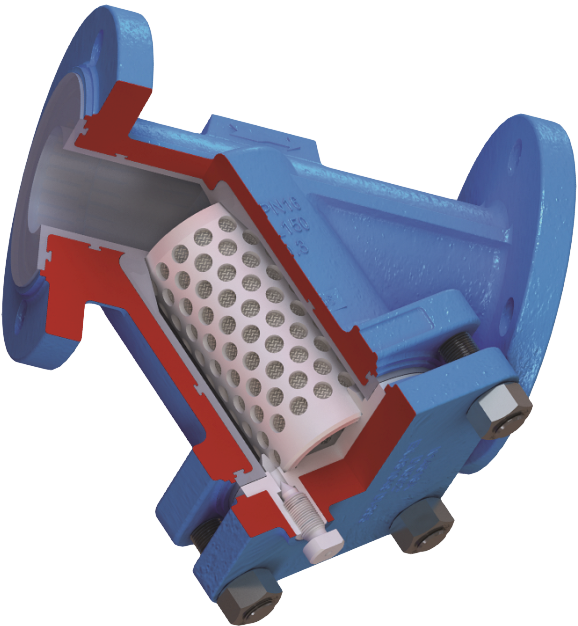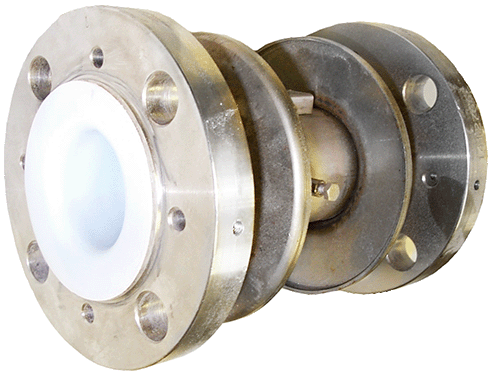Static Electricity and Lined Piping
Preventing Problems in PTFE Lined Piping Systems
There are two key aspects to consider when controlling the accumulation of static electricity in PTFE / PFA lined piping.
The first is preventing the accumulation of charge on the PTFE surfaces within the bore of the piping, this should be considered where the liquid flowing through the piping is if low conductivity and / or flammable such as solvents.
To alleviate problems associated with this, CRP manufacture static dissipating, or sometimes known as antistatic lined piping. The liner still has a relatively high electrical resistance but still safely allows any static build up within the bore of the pipe to migrate through the wall of the lining to the outer steel housings.
Earthing of Metallic Piping Components
The second aspect of controlling static electricity within a PTFE / PFA lined piping system is the earthing or bonding of the steel exterior or housings of the PTFE lined piping. This is not just the case with lined piping but will all metallic piping where it is recommend that it is bonded to earth to protect from static build up creating a spark which could ignite an explosive atmosphere, protect equipment and protect personnel from electric shock. The aim of the earthing system is to ensure there is a path from any source of electric charge build up to earth / ground of no more than 10 ohms.
CRP can offer welded earthing studs or lugs on our piping and fittings to which earth bonding links can be directly connected to. We have also developed our own earthing system using our Spikey earth continuity washer which our customers find easy and quick to install and provides a neat, reliable trouble free solution.
Whilst bonding or grounding the exterior of the piping can be done in isolation of using static dissipating liners, ie bonding virgin PTFE lined piping to ground. That cannot be said for using static dissipating liners, the electrical resistance of these liners is relatively high and the exterior of the metal pipework must be properly earthed to ground too. So always ensure with static dissipating pipework that the steel exterior is ground.
Legal and Standards Framework – Atex Directives
On the 1st of July 2003, two new EU Directives known as the ATEX directives came into force. In the UK the “Dangerous Substances and Explosive Atmospheres Regulations 2002” (DSEAR) came into force too. These regulations implemented the safety aspects of the “Chemical Agents Directive (98/24/EC)”, known as CAD, and the “Explosive Atmospheres Directive (99/92/EC)”, known as ATEX 137. The requirements of these regulations built upon part 1 of the “Health and Safety at Work Act 1974”.
DSEAR requires that the employer demonstrate that he has taken all technical and/or organisational measures to reduce the risk from dangerous substances, so far as is reasonably practicable. Where the nature of the activity precludes elimination of the risk, the employer should remove initiation events, such as sources of ignition, and install equipment to mitigate the detrimental effects of an explosion or other energetic event. Where necessary these measures should be combined and/or supplemented with measures to prevent the propagation of explosions. While the above provides the legal framework for dealing with hazards arising from the build up of electrical charges on process equipment, “BS5958 Part 1 (1991) Code of Practice for Control of Undesirable Static Electricity – General Considerations. Section 4 – Earthing and Bonding” provides practical guidance to the plant operator on how best to earth pipework and other structures. In short the standard suggests that a maximum resistance from anywhere on a plant to earth should not exceed 10 Ohms.
For more information on the interesting subject of static electricity and PTFE lined piping please download a copy of our 16 page guidebook here.
